| Clay roof tiles are used in most parts of the country, except where strong winds and cyclones, and/or snow, are frequent. Good quality tiles, appropriately overlapped, are waterproof in ordinary climatic situations.
Clay tile production is an age-old cottage industry in several areas, specially rural zones, with potters making these tiles as part of their tradition repertoire of products: pots, storage and cooking vessels, images of deities, lamps, figurines, bird and animal shapes, and toys. Clay roof tiles often have a figure on each tile – birds, squirrels, monkeys and mice being the most common. This tradition originated in the need to scare away wild animals and these animals perched on tiles act somewhat in the nature of scarecrows. The ‘country’ roof clay tiles made by the Sonepur potters are long half cylinders in shape. |
| STEPS | |
 |
|
 |
|
 |
|
 |
|
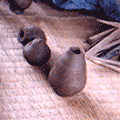 |
|
 |
|
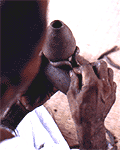 |
|
 |
|
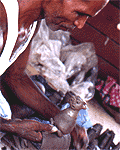 |
|
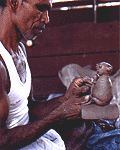 |
|
 |
|
 |
|
 |
|
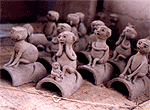 |
|
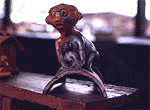 |
|

